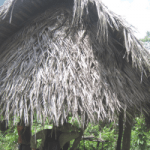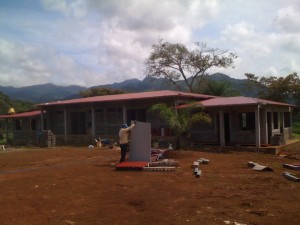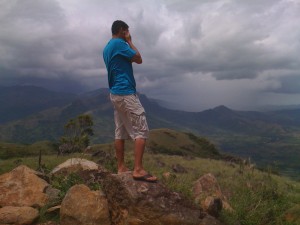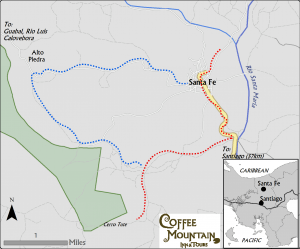
Tips, Hotels and Good service – Panama
One aspect of visiting Panama that may come as a surprise to North American travelers is tipping – not expected in most of Panama. Think about it, a strange custom to much of the working world, where you tell someone the price of a service….which you proudly offer, and they pay you more!
Unlike in the US, tips are not factored as part of anyone’s pay in Panama.
when to tip?
It is a little more complex than this, here are a few rules of thumb I go by, the first two are hard won truths:
– There are some actions which are just part of being human. Don’t expect less from other people because you may make more money than them. A sincere and specific thank you is appreciated by most people.
-If people ask for a tip, they don’t deserve it.
-The exception is for people looking out for your car while leaving it in any area where you take a ferry (colon, bocas). If you’re not leaving it in a lot-you should, and you better tip a $1, because that car is going to be there as is the person after you’re gone.
-Tips for taxis are never expected. They will charge you more anyway than they should (sigh…).
– If you are eating in any restaurant, and plates under $8, a simple tip of $1 after a meal for excellent service would be a nice gesture, but it would not be expected. .
-If you are eating in a location where the plates are over $10, tip 10%.
-I always have this vision that people are expecting tips, that’s why they are showing me to my room and helping with luggage. This is the truth. People don’t expect a tip and don’t think less of you for not tipping. Tipping bellboys, maids, barbers, the people who put gas in your car, etc.. not necessary. If the person is going beyond their duties, yes, a small tip or probably more appropriate, a thank you is appreciated.
-As in the US, a tip to the owner of a small business is never expected.






